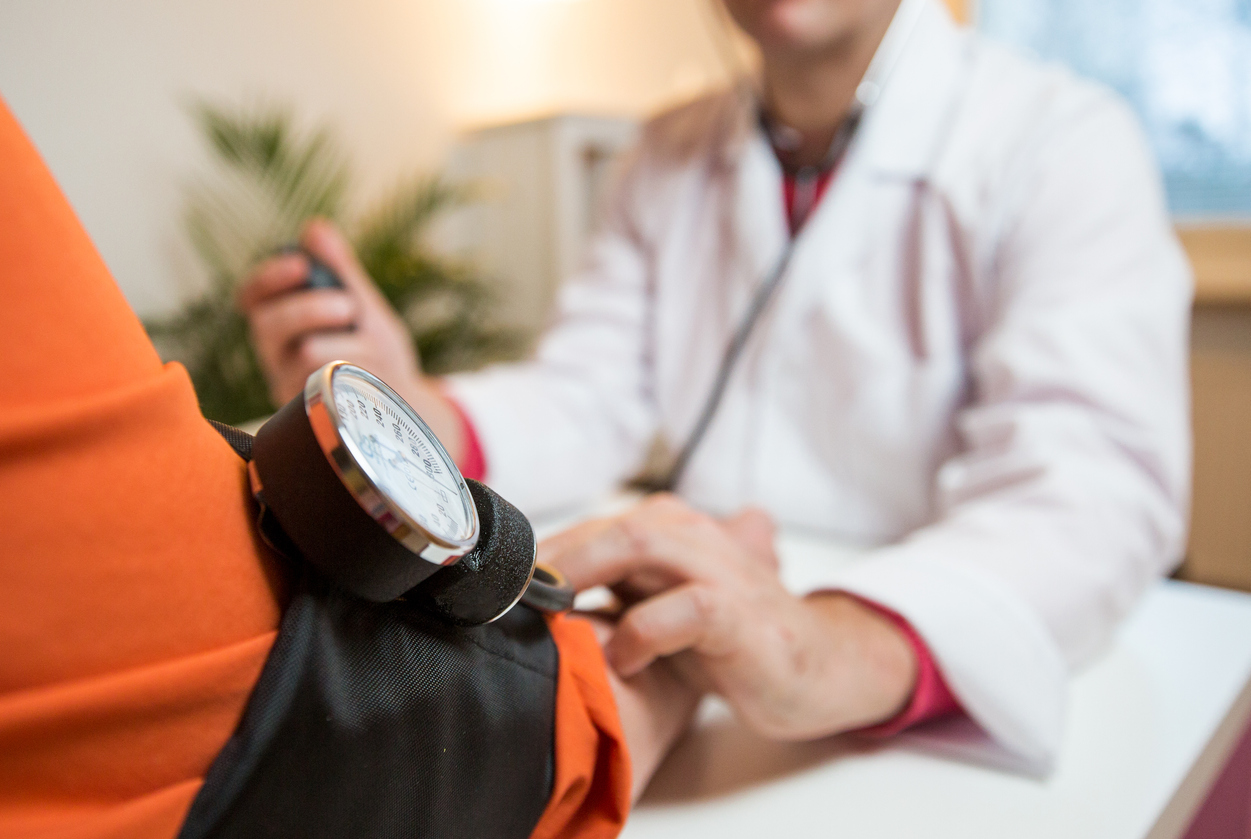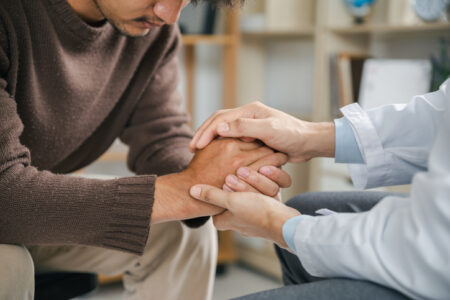
Share On Social!
Teens with more adverse childhood experiences (ACEs) are more likely to have overweight, obesity, and severe obesity than those with no ACEs, according to a new Minnesota study.
Youth with one ACE─psychological abuse, physical abuse, sexual abuse, familial substance abuse, domestic violence, or parental incarceration─were 1.38 times as likely to have obesity than youth with no ACEs.
Those with all six ACEs were 2.03 times as likely to have obesity.
Additionally, Latino youth were 1.38 times as likely to be overweight as white non-Latinos.
“Our results imply that child health professionals should understand the relationship between ACEs and weight status in adolescence, and that screening for ACEs and referring youth and their families to appropriate services might be an important part of clinical weight management,” researchers state.
The Alarming Findings
ACEs are widely acknowledged as risk factors for numerous physical health problems, like obesity.
The research team at the University of Minnesota analyzed survey data from 105,759 students (6.5% Latino) to examine the effect of different types of ACEs on youth weight status.
The Minnesota Student Survey is a statewide, anonymous survey administered every 3 years to public school students in eighth, ninth, and eleventh grades assessing a wide range of demographic characteristics, health-related behaviors, and risk and protective factors.
Student participants were asked yes/no questions about six kinds of ACEs: psychological abuse, physical abuse, sexual abuse, familial substance abuse, domestic violence, and parental incarceration.
Questions included:
- “Has a parent or other adult in your household ever hit, beat, kicked, or physically hurt you in any way?”
- “Have your parents or other adults in your home ever slapped, hit, kicked, punched, or beat each other up?”
- “Have any of your parents or guardians ever been in jail or prison?”
- “Do you live with anyone who drinks too much alcohol?”
Self-reported height and weight were used to calculate body mass index (BMI), as defined by the U.S. Centers for Disease Control and Prevention (CDC).
Researchers found that stressful experiences influence overweight, obesity, and severe obesity.
Youth with one ACE were 1.21 times as likely and those with six ACEs were 1.47 times as likely to have overweight than youth with no ACEs.
Youth with one ACE were 1.38 times and youth with six ACEs were 2.03 times as likely to have obesity than youth with no ACEs.
Youth with one ACE were 1.49 times as likely and those with six ACEs were 4.24 times as likely to have severe obesity than youth with no ACEs.
Although Latinos only account for 6.5% of the survey population, they account for 9.2% of respondents with obesity and 10.7% of respondents with severe obesity.
Although not fully understood, psychological distress impacts our brain, body and biology.
“Several biological systems, most notably the hypothalamic pituitary adrenal axis, but also the autonomic nervous system and the development of the prefrontal cortex, have been suggested as mechanisms and may be expressed in genetic, epigenetic, and behavioral effects,” researchers state.
 It is important for pediatricians to understand how stressful experiences influence weight status in order to provide children and families referrals for psychosocial interventions and mental and behavioral health services.
It is important for pediatricians to understand how stressful experiences influence weight status in order to provide children and families referrals for psychosocial interventions and mental and behavioral health services.
Implications for Pediatricians
The American Academy of Pediatrics (AAP) recognizes that early childhood experiences impact lifelong health and encourages pediatricians to routinely screen for risk factors, like ACEs.
“Identifying children at high risk for toxic stress is the first step in providing targeted support for their parents and other caregivers,” according to a 2012 AAP Policy Statement.
Researchers suggest that most pediatricians believe that addressing social emotional issues is within the scope of pediatric practice.
But, as a whole, pediatricians have not embraced the concept of comprehensively identifying these issues with families.
Why not?
Many pediatricians lack an understanding of the biological effects of ACEs and lack the training to screen for and discuss ACEs with families.
A 2016 survey of 302 pediatricians revealed that only 4% usually ask about all ACEs; only 2% routinely use the ACEs screening tool; and only 2% were very familiar with the 20-year-old ACEs study linking adult health outcomes, like obesity, with childhood aversity.
Over almost half (49%) of pediatricians surveyed had never heard an ACEs screening tool, and three-fourths (76%) were not at all familiar with the ACEs study.
“Pediatric training programs should consider including practical approaches to not only asking about but also discussing ACEs with families,” researchers state.
“Identifying ACEs among young children may lead to concrete steps to address family situations and mitigate the consequences of the event; additionally, conversations about ACEs with parents might encourage them to seek help, either as a result of an increased understanding of the importance of adverse events to their children’s health or as a result of someone expressing interest in their difficulties and validating their experiences.”
To reduce and prevent obesity among youth, pediatricians play an important role in identifying social and emotional risk factors and providing referrals to resources and services.
Of course, identification of ACEs is useful only if interventions and referrals to resources and services are accessible and affordable for families.
To elevate these issues on the national health agenda, we think the U.S. Department of Health and Human Services should address ACEs in the Healthy People 2030 objectives.
If you agree, submit a comment or send an email by Jan. 17.
By The Numbers
142
Percent
Expected rise in Latino cancer cases in coming years



